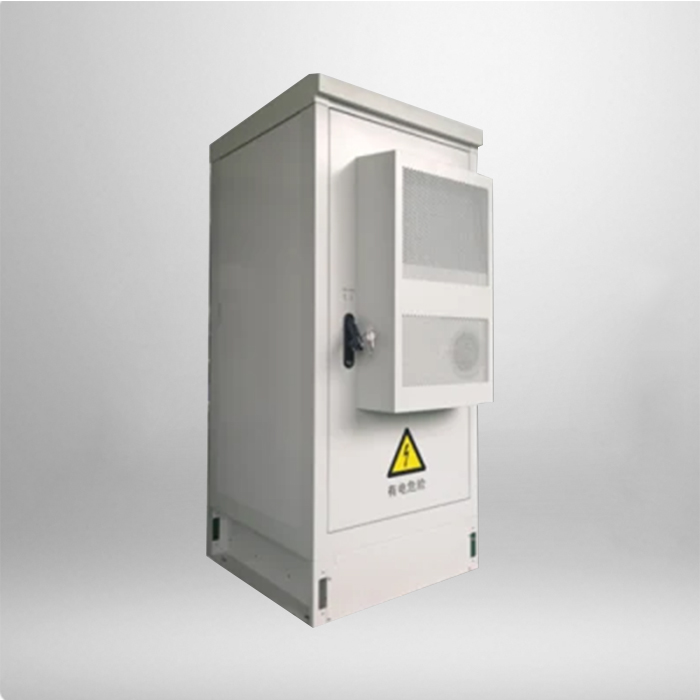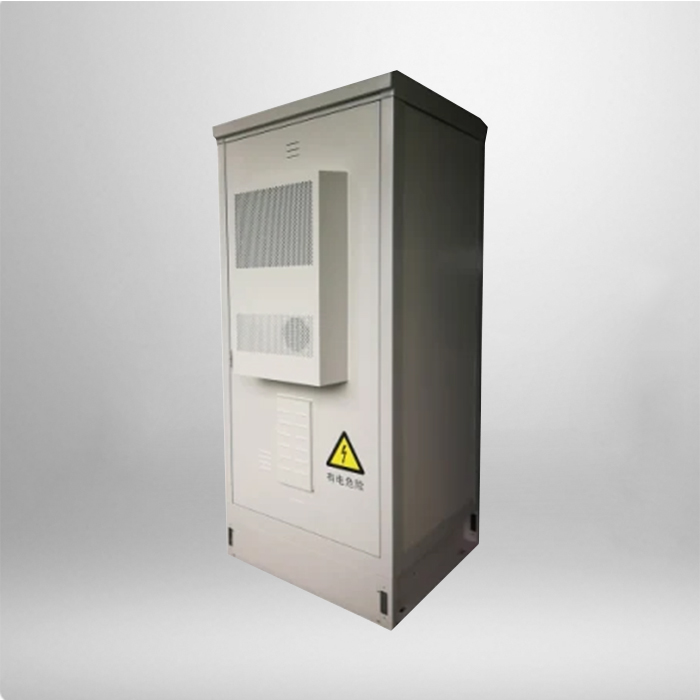
Outdoor telecom cabinets are the backbone of outdoor communication networks, housing critical gear like base station modules, signal converters, and power regulators. Unlike indoor setups, they face constant exposure to rain, wind, extreme temperatures, and even wildlife—so their durability and maintenance strategies are make-or-break for network reliability. From material choices to smart monitoring, every detail plays a role in keeping these cabinets operational in harsh outdoor conditions.
Durability-Boosting Design Choices
Material Selection for Long-Term Resistance
The right material is the first line of defense against outdoor wear. Most high-performance outdoor telecom cabinets use galvanized steel with powder coating—galvanization adds a zinc layer that blocks rust, while the powder coating (usually polyester-based) resists UV damage, which can fade and crack unprotected metal over time. For coastal areas where salt spray is a threat, some cabinets opt for 316 stainless steel; its molybdenum content enhances resistance to chloride corrosion, preventing pitting or peeling. In lightweight or remote installations (e.g., mountainous signal towers), aluminum alloy cabinets are preferred—they’re corrosion-resistant, easy to transport, and still strong enough to withstand wind loads up to 150 km/h (common in storm-prone regions).
Sealing and Structural Reinforcement
Even the best materials need proper sealing to keep elements out. Top-tier cabinets use EPDM rubber gaskets around doors and cable entry points—EPDM resists aging from sun and rain, maintaining a tight seal for 10+ years (unlike cheaper rubber that hardens and cracks in 2-3 years). Cable entry ports also feature multi-layer compression seals; when cables are routed through, the seal tightens around each wire, blocking dust and water without damaging insulation. Structurally, cabinets have reinforced corners and base frames—this prevents bending from strong winds or accidental impacts (e.g., falling branches in wooded areas). Some models also include a reinforced top canopy with a 45° slope, which sheds heavy snow and rain quickly, reducing weight stress on the cabinet roof.
Adapting to Extreme Outdoor Scenarios
High-Temperature and Low-Temperature Solutions
In desert regions where daytime temperatures hit 50°C (122°F), cabinets need more than basic cooling. Many integrate heat pipes—hollow metal tubes filled with a refrigerant that absorbs heat from the cabinet interior, then releases it outside through a condenser. This passive system works without electricity, making it ideal for remote sites. For cold regions (e.g., northern tundras), cabinets use self-regulating heating cables along the interior walls; these cables warm up when temperatures drop below 0°C, preventing equipment from freezing (critical for batteries, which lose capacity in cold weather). Some cabinets also have double-wall insulation (with foam between inner and outer metal layers), which slows heat loss in winter and heat gain in summer.
Wildlife and Pest Protection
Outdoor cabinets often attract pests like rodents, birds, or insects—they seek shelter or chew through cables, causing costly outages. To deter them, cabinets include mesh screens over ventilation ports (small enough to block mice and insects) and bird spikes on top canopies (preventing birds from nesting on the roof, which can clog vents with debris). For rodent-prone areas (e.g., farmland), some cabinets have metal cable guards around external wiring—these harden the cables against chewing. Additionally, cabinets are elevated 30-50 cm off the ground (via concrete pads or metal legs), reducing access for ground-dwelling pests like rats or rabbits.
Smart Maintenance for Sustained Performance
Remote Monitoring Systems
Checking outdoor cabinets in person is time-consuming and costly—so smart cabinets use IoT sensors to track key metrics remotely. Temperature and humidity sensors alert technicians if internal conditions go out of range (e.g., if a cooling fan fails), while door sensors notify of unauthorized entry. Some systems even include battery health monitors (tracking voltage and charge level) and leak detectors (identifying water intrusion early). All data is sent to a central dashboard, allowing teams to address issues before they cause outages—cutting maintenance trips by 40% on average.

Routine On-Site Checks
While remote monitoring helps, on-site checks are still necessary every 3-6 months. Technicians should:
Inspect gaskets and seals for cracks or wear (replacing them if needed).
Clean ventilation ports and mesh screens (clogged vents trap heat).
Test backup batteries (ensuring they hold a charge for the required runtime).
Tighten loose bolts on the frame or canopy (vibration from wind can loosen them over time).
Clear debris (like leaves or snow) from the top canopy and around the cabinet base.


